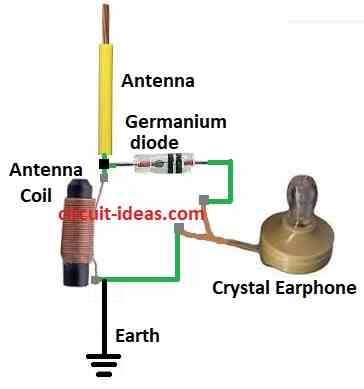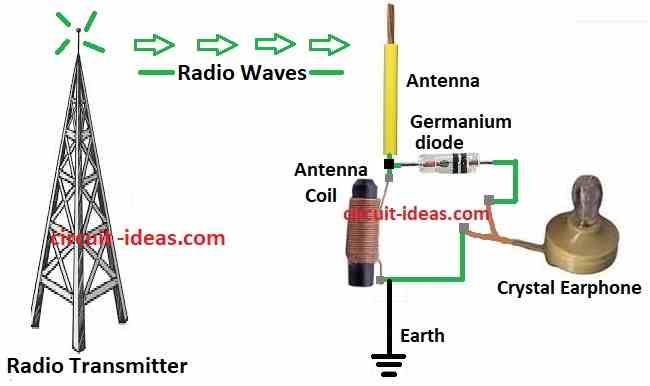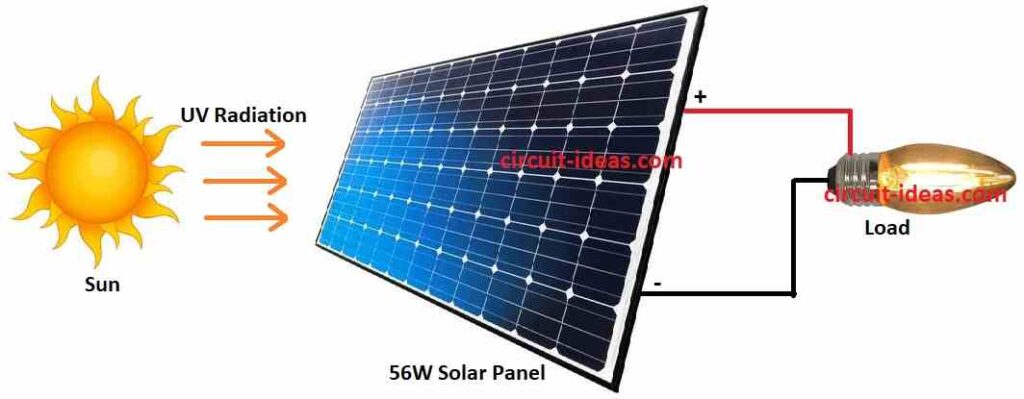Looks like devices make sound with no power.
But not true.
Power come from radio transmitter close by.
Radio send waves and device catch waves and use for power.
So device do not make sound by itself.
But it gets energy from outside.
Example: crystal radio in circuit below.

COP show how much output power system gives compared to input power from user.
Because user does not give power to crystal radio as its COP is high.

Crystal radio COP can be more than 1 but even if it does not use all power it gets.
Effectiveness show how much input power is used with max is 100%.
So efficiency and COP is not the same.
Example: see solar panel diagram below.

At first at solar panel look like free energy device.
It gives power to things like radio or fan with no input from user.
But in dark we can see sun is real energy source.
Law of Energy Conservation say panel only turn about 17% of sun energy into power.
This law works for closed systems but still true if outside energy like sunlight is counted.

People sometimes mix up efficiency and over-unity.
Over-unity means a machine gives more energy than it takes.
This cant happen as we cannot get more energy than what is there.
All real machines loses some energy so they are never 100% efficient.
But some devices like solar panels are only 17% efficient but do not need power from the user.
So in COP (Coefficient of Performance) user input is zero and this makes COP look very big or even endless.
Most energy in the universe is hidden which are called dark matter or dark energy which are about 80%.
It is everywhere but we cannot measure it well because it changes too fast and we do not have the right tools.
To use this kind of energy we need to solve hard tech problems like how crystal radios catch radio waves.
Zero-Point Energy says even empty space has energy and if we learn to use it, then we can power normal things.
Batteries and generators make electric charges that change the space around them.
This forms a dipole and energy flows in which is not from the battery itself.
But battery still runs down because it keeps fixing this dipole.
To use space energy well we need ways that do not break the energy balance.
Free energy is possible but big problems like politics and business stop it.
Many inventors made such devices but big companies often block them.
Conclusion:
To conclude, things like solar panels and batteries may look like they break energy rules, but they don’t they just use energy from outside like the sun.
COP (Coefficient of Performance) helps show this.
Even if device looks super efficient it still follows energy laws when we count all energy going in and out.
There are many hard problems technical and political but the idea of using big is hidden energy around us is still exciting.
If we understand and beat these problems we might find new ways to use this free and unused energy.
Leave a Reply